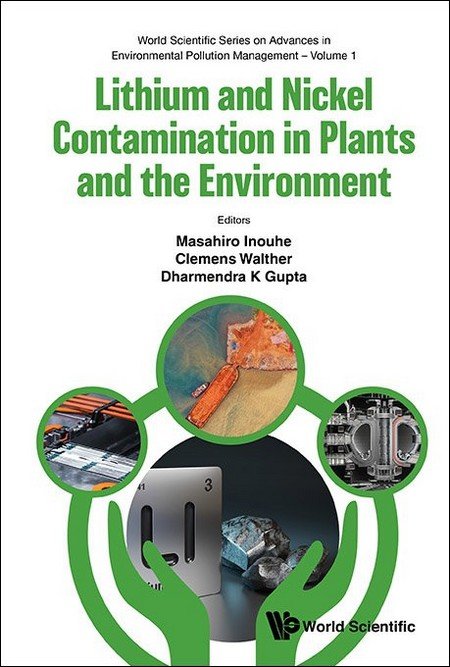Chapter 1: Distribution of Lithium/Nickel in Soil and Its Uptake by Plants
The chapter deals with some important aspects of the relationship of lithium and nickel with the ecosystem, which consists mainly of soil, water, plants and air. Some aspects of lithium and nickel use in the energy industry are also mentioned. We begin by considering the fact that the metallic elements lithium and nickel, either alone or in the form of their chemical compounds, are currently considered potential energy materials whose applicability is increasing with the transition to the mass use of electricity and batteries for powering motor vehicles. Both lithium and nickel are commonly found in nature. Even in relatively low concentrations, their presence is very dangerous or even toxic to some animals and biological organisms. On the other hand, certain plants and animals are a natural part of ecosystems and are unable to survive with-out their presence because they are vital to them. This contradiction and its implications form the main content of this chapter. The most significant effects of lithium and nickel in the environment, particularly in soil, water and plant systems, are presented. The interconnectedness between soil, water and plants is shown in relation to each other. Some of the analytical methods used for the detection of lithium and nickel are also given. In addition, some specific results are presented, which are not intended to specify particular locations in the field, but rather to highlight the ability of researchers to monitor the presence of lithium and nickel in the environment and to create conditions for their removal and possible reuse.



